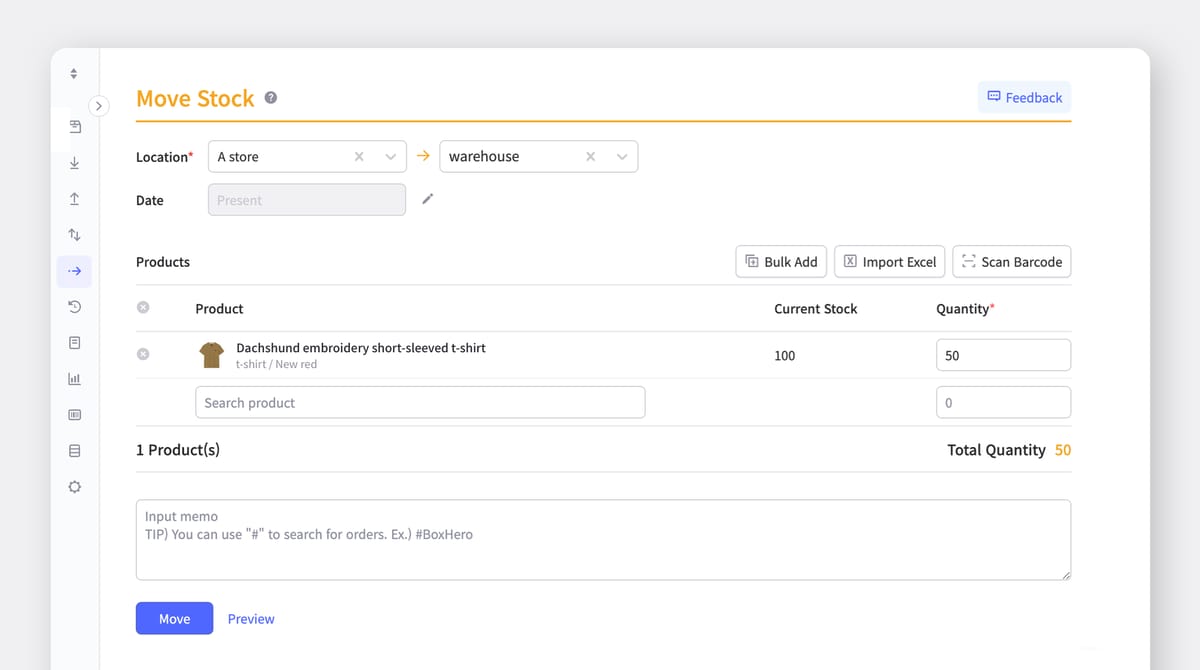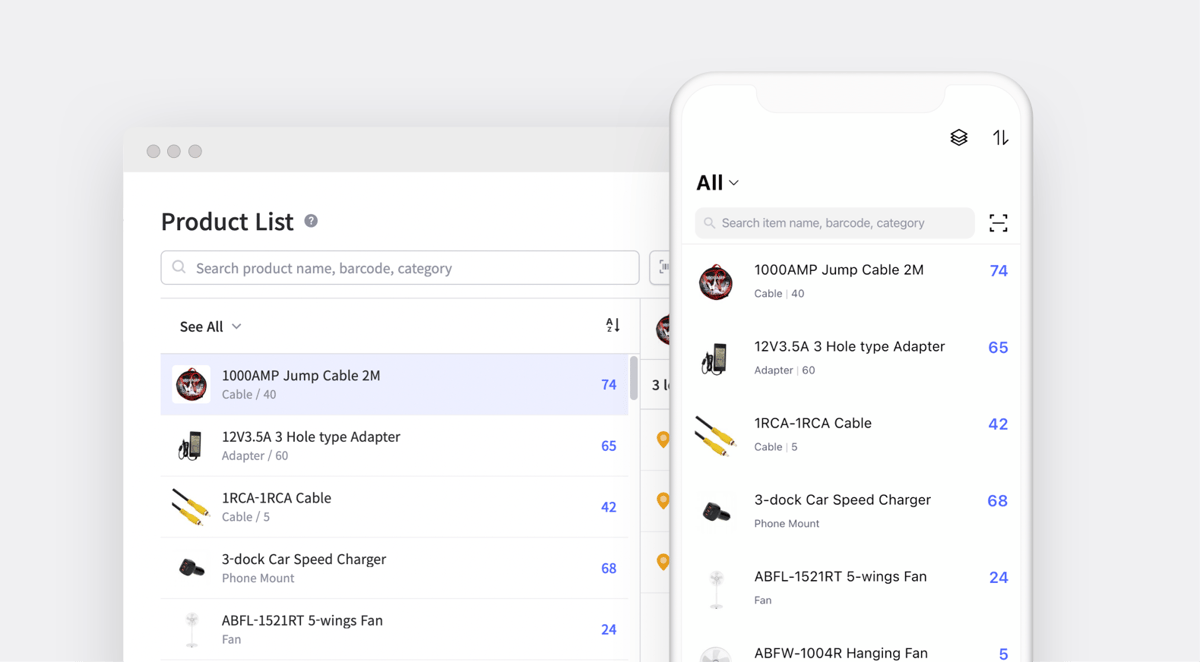Retail Trends and Inventory Management in the Post-COVID Era

Although the major public health scare of the pandemic has subsided in societies worldwide, the aftermath of COVID-19 is continuing to wreak havoc in unexpected sectors of the economy. The retail industry, in particular, has been hit hard, prompting many wholesalers and retailers to rethink their inventory management strategies in the "new normal." We will explore the types of changes that need to be made in inventory management to succeed in the post-COVID retail landscape.
Changes in Consumer Spending Patterns in Post-COVID Era
Let's first examine how consumer shopping patterns have changed after COVID-19. The surge in online shopping is considered the most significant shift caused by the pandemic in the retail sector. According to the most recent 2020 Annual Retail Trend Survey by the US Census Bureau, online shopping transactions in 2020 reached USD 815.4 billion, representing a 43% increase from USD 517.2 billion in 2019. Even after the easing of social distancing measures, many consumers are still opting for the online shopping environment. In 2022, despite a decrease in the spread of infectious diseases, online shopping growth continued to rise, increasing by 10.4% compared to the previous year.

As customers’ demand change, businesses are adapting to their needs, resulting in an ever-increasing variety of products and services available online. In the past, it was common for goods to be sold on the open markets. The branded or special goods are now sold on vertical malls or the brands are embracing the shop-in-shop on major online marketplace platforms (e.g. Beats or Lego on Amazon) as a new distribution channel. There also has been an increased popularity of products promoting a healthier lifestyle after the pandemic, leading to the emergence of companies that specialize in sustainable or wellness products.
The pandemic and subsequent lockdown prompted numerous businesses to rapidly adopt digital transformation, which previously may not have been a priority. This sudden shift resulted in intense competition in the online market. As online shopping platforms expanded, retail companies operating offline stores continued to face a crisis from decreased foot traffic. Despite the ease in social distancing measures, there are still vacant storefronts in areas where a high concentration of retail brands used to be. Although the number of consumers returning to offline stores has increased as consumer confidence improves, the continued growth and preference for online shopping experience overshadow the presence of offline stores.
Brick-and-mortar stores are striving to innovate and improve their in-person experience by implementing cutting-edge technologies, delivering exceptional customer service, tailoring experiences to individual preferences, providing accurate product recommendations, and ensuring seamless transactions.
Innovation in the Retail Industry and Changes in Inventory Management
How will these changes in consumer spending patterns affect inventory management? Let's examine the post-COVID innovations implemented by the retail industry and assess the future direction of inventory management.

First, the retail industry has embraced Omni-Channel operations to adapt to the rise of online shopping and the decline of offline shopping. Retail brands are integrating online channels alongside their offline stores, and some stores have repurposed their physical stores for order pick-ups.
Disruptions in logistics can occur even with efforts to bridge online and offline operations if inventory records are inaccurate and dispersed across different locations. Thus, a comprehensive inventory management system is imperative to run a successful execution of the Omni-Channel strategy.
By integrating inventory management by location, retailers can obtain a comprehensive view of inventory status. This approach allows retailers to fulfill online orders at offline stores and leverage products from those offline stores as inventory in logistics warehouses when there is a high volume of online orders.

In today's competitive online market, the retail industry is constantly exploring ways to enhance brand loyalty. In the past, predicting consumption patterns was straightforward, and inventory was managed based on customers' historical purchasing behavior. However, the pandemic has disrupted consumer loyalty and spending habits, making it challenging to forecast future demand. As a result, increasing brand loyalty to establish predictable consumption patterns has become a significant challenge for the retail industry.
One of the strategies that enhances brand loyalty is referred to as a “lock-in”. An example of a lock-in strategy is the diversification of delivery strategies such as same-day delivery and next-day delivery. As the name gives away, a lock-in strategy literally means tying the consumer tightly to the brand so that they remain loyal and will not “leave” to purchase other brands. Retailers are redirecting their attention from price and product quality, which alone are insufficient in establishing brand loyalty, to dependable logistics and delivery services that play a crucial role in captivating and retaining customers.

Same-day and next-day delivery are not always effective solutions for customer retention as they can cause significant inventory management challenges. Optimizing inventory levels is essential to prevent failed fast deliveries. Also, the companies should prepare for the possibility of a decrease in demand from customers who may switch to competitors. Real-time monitoring of the supply chain and inventory flow is essential for inventory optimization, which helps to enhance logistics and build customer trust by preventing overstocking or unexpected misdelivery.

The key to inventory management in the post-COVID era is to ensure inventory visibility and comprehensively manage inventory flow. With BoxHero, you can practice more efficient and productive inventory management in the evolving retail environment. With the real-time inventory management solution, BoxHero, you can achieve resilient and seamless inventory management.


